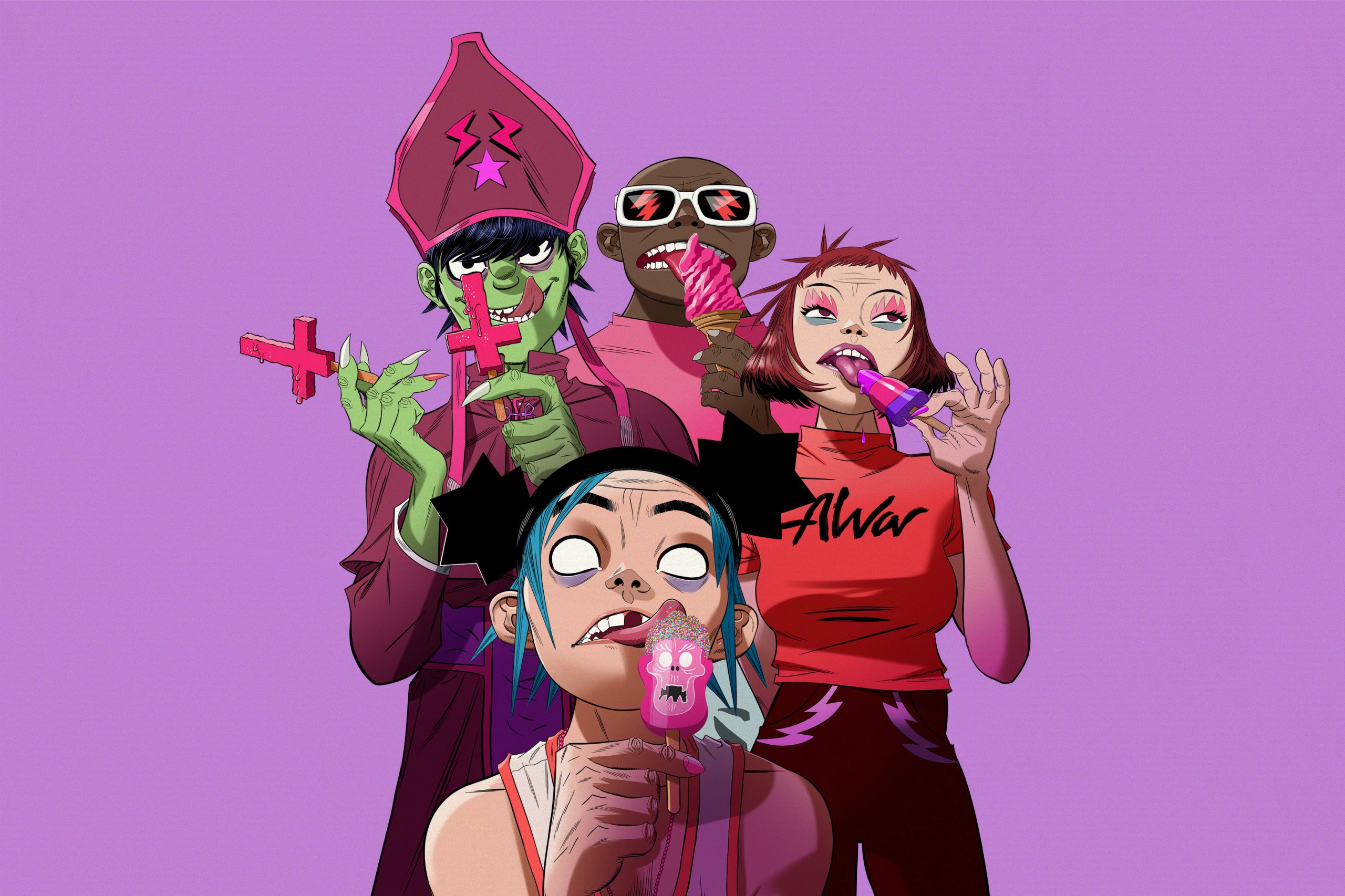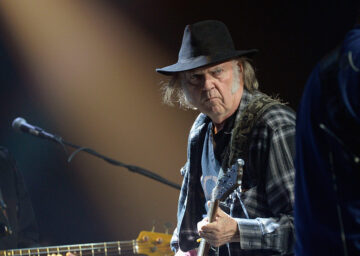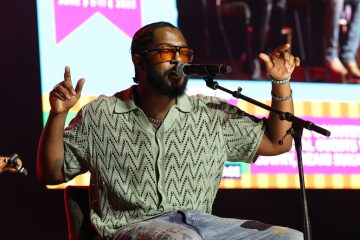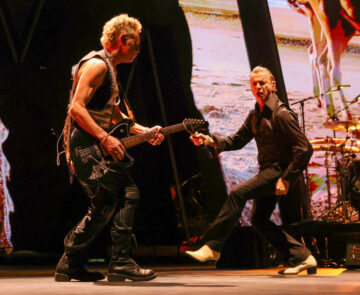★★★★☆
Assessing Gorillaz is a bit like reviewing a dream. You know something was compelling at the time you were immersed, only to come away with a hazy recollection. Not only are Damon Albarn and Jamie Hewlett’s cartoon creations untethered to the reality we know by being, well… cartoons, but their scattergun releases, replete with guest features, have covered pretty much every genre imaginable. And when it comes to quality, they’ve ranged from the offbeat, sometimes undeveloped, to skirting feats of genius.
Of course, the first two albums – the eponymous debut and Demon Days follow-up – will remain enduring and firmly plied Albarn away from the Britpop tag of his Blur days (even if the media always concocted ‘Britpop’). Since then, though, there’s been an irregular offering of experimentalism from Gorillaz – or 2-D, Murdoc, Noodle and Russel, just to humour them for a moment.
The fact is, when you’ve built your fictional world, it’s understandable that not much is left off the table creatively.
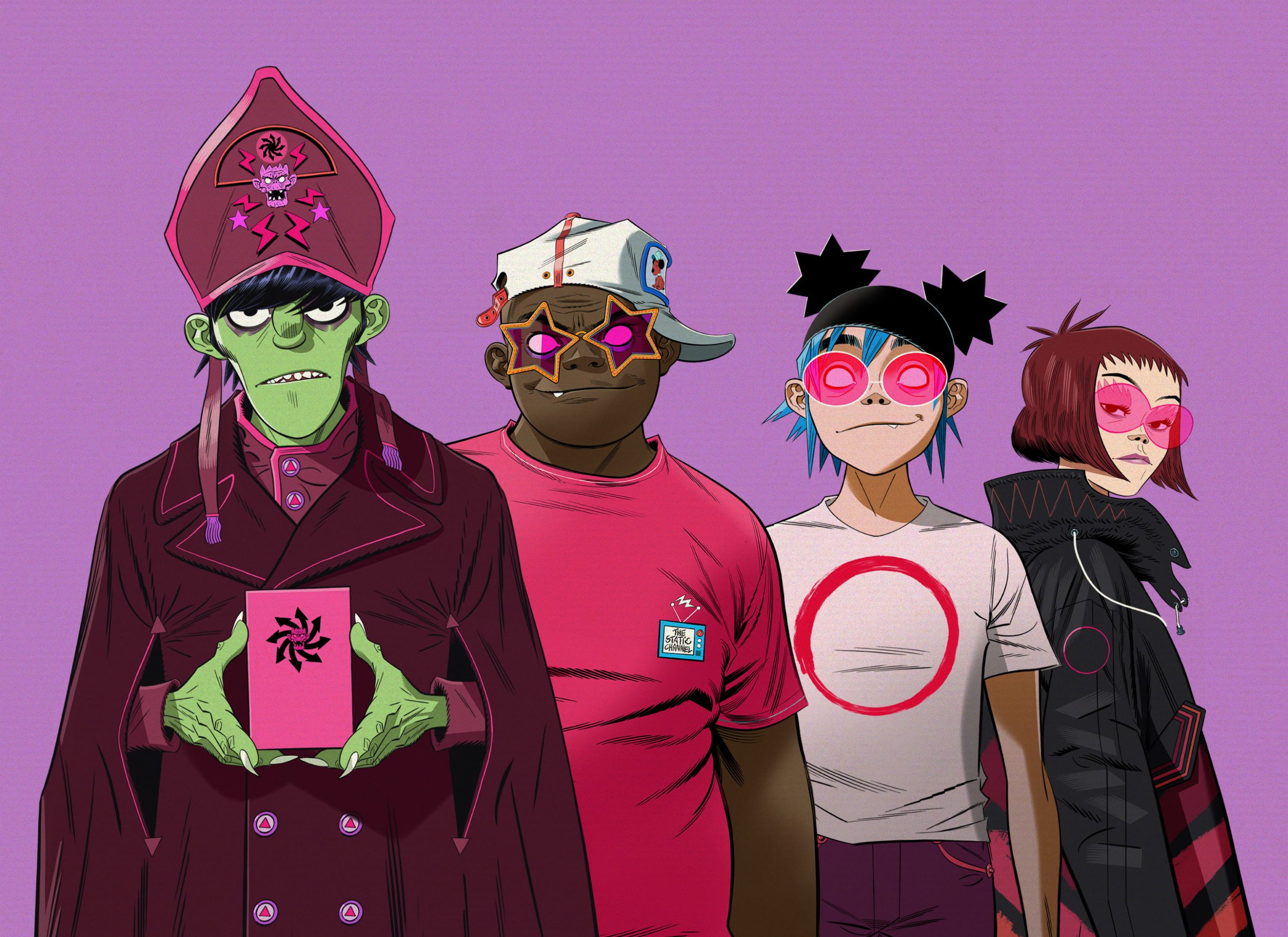
The 2002 remix album Laika Come Home was an early marker of this, as a dub and reggae reworking of Gorillaz’s debut. Although created by fellow ape-name-based group Spacemonkeyz, Albarn was such a fan of the group’s reworking of ‘Tomorrow Comes Today’ into ‘Tomorrow Dub’ (later to be titled ‘Bañana Baby’) that he asked for a whole album of the same ilk. From the get-go, Gorillaz has been a vehicle of exploration.
Their 2010 album Plastic Beach was perhaps the most conceptual of the lot, creating a fictional remote island that invited artists as varied as Snoop Dogg, Mark E. Smith and Little Dragon to join them amongst the landfilled wreckage.
2020’s Song Machine, Season One: Strange Timez, meanwhile, released as part of an audiovisual web series, was a collaborative feast. Elton John and Baltimore rapper 6lack featured on one track alone; as did GoldLink and Unknown Mortal Orchestra on another; and the late Tony Allen and Skepta on album closer, ‘How Far?’
Cracker Island takes the imaginative vision of Plastic Beach, trims off the experimental cud, and, unlike Gorillaz’s previous release in 2020, it’s the solo additions that stand out. That isn’t quite the case with the self-titled opener, in which the bass and vocals of L.A.’s Thundercat never fully uplifts the fairly puerile-sounding synths.
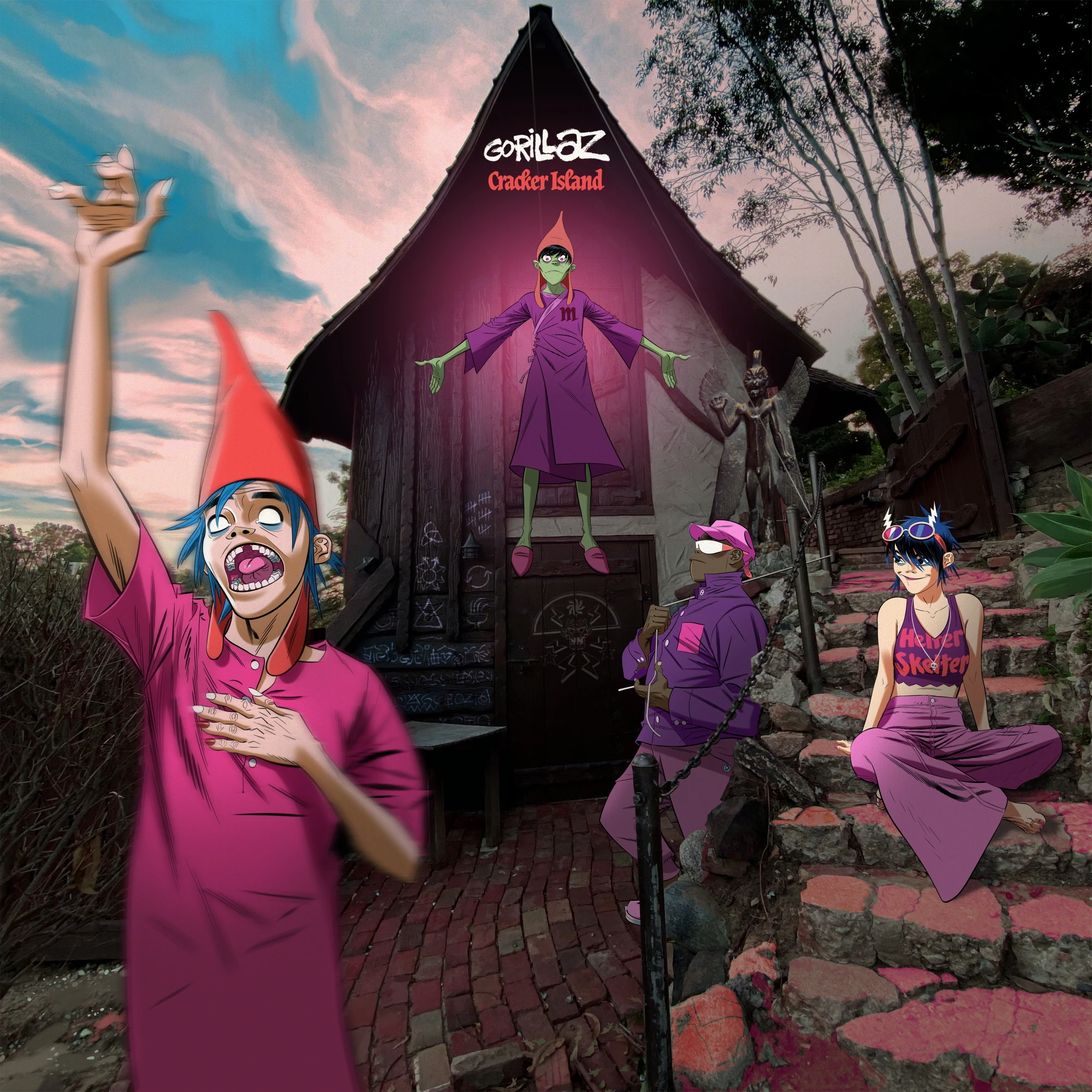
The introduction of Stevie Nicks’ unmistakable timbre on subsequent track ‘Oil’, however, is majestic; her voice circling the track like a bird of prey (an albatross, if you will) and landing on refrains like “interlocking cluster bombs” and “I’m not so cold”.
‘Silent Running’ also has a swirling sense to it, a propulsion aided by the vocals of long-time Gorillaz associate Adeleye Omotayo (a member of The Humanz Choir devised for the band’s 2017 album Humanz), who steps up to the mic more than usual here, and easily holds his own.
Puerto Rican superstar Bad Bunny adds a bouncing, reggaeton edge to the album, providing perhaps the first such Gorillaz track of its genre. Cynics amongst us might think having the most-streamed Spotify artist three years in a row since 2020 was devised with commercial intent. But 22 years after their debut, Gorillaz aren’t needing to prove anything.
What’s more, ‘Tormenta’ was the first track written for the album, having initially been intended for a second season of Song Machine, and is far from a bland, global pop tune, instead combining Bad Bunny’s firecracker, Spanish-language lyricism with the sort of melancholic intro and outro that Gorillaz do so well.
The one double feature on the album, ‘New Gold’ – also a track originally intended elsewhere (on Song Machine, Season One) – offers another side to Gorillaz’s multi-faced capabilities, with a heady combination of electronic and hip-hop. Tame Impala offers up his usual shimmering production and his go-to Wurlitzer, whilst the voice of Bootie Brown harks back to one of Gorillaz’ most recognisable tunes, ‘Dirty Harry’, with the original member of The Pharcyde having also featured on the Demon Days track.
Whilst he’s never had the most impressive vocals himself, if there’s one thing Albarn’s voice can accomplish, it’s an existential cry into the distance (Blur’s ‘Out Of Time’ remains a self-wallowing classic for this very reason). ‘Tarantula’ and ‘Skinny Ape’ are the place for such a mood on Cracker Island, even if the latter flies into a headrush of drums two-thirds in.
Album closer ‘Possession Island’ is by far the most tranquil track, though, and sees Albarn duetting with another big-name feature in Beck. The softly spoken final line, “We’re all in this together ‘till the end”, marks a suitable nod to the album as a whole on two counts. Its subtlety reflects that this is less extravagant than previous Gorillaz albums, and all the better for it, whilst the line’s sentiment echoes the album’s harmonious use of features, which seem very much together. After all, no man is an island – not even on Gorillaz’s Cracker Island.

